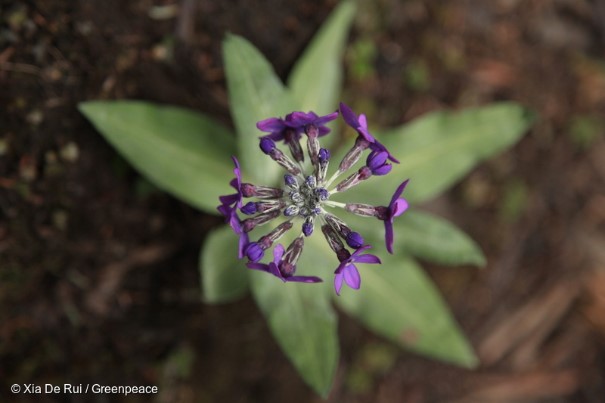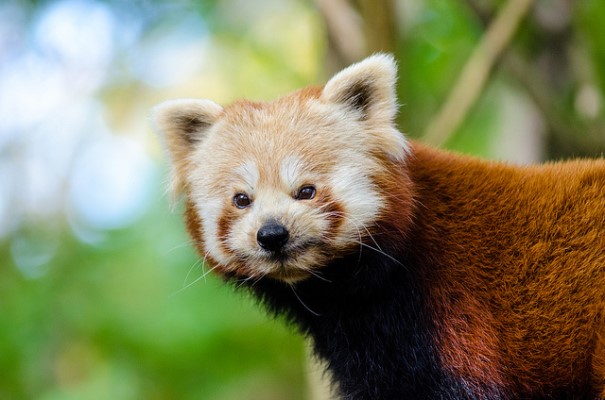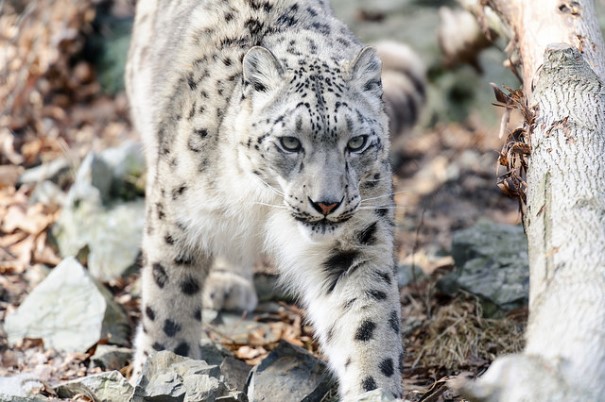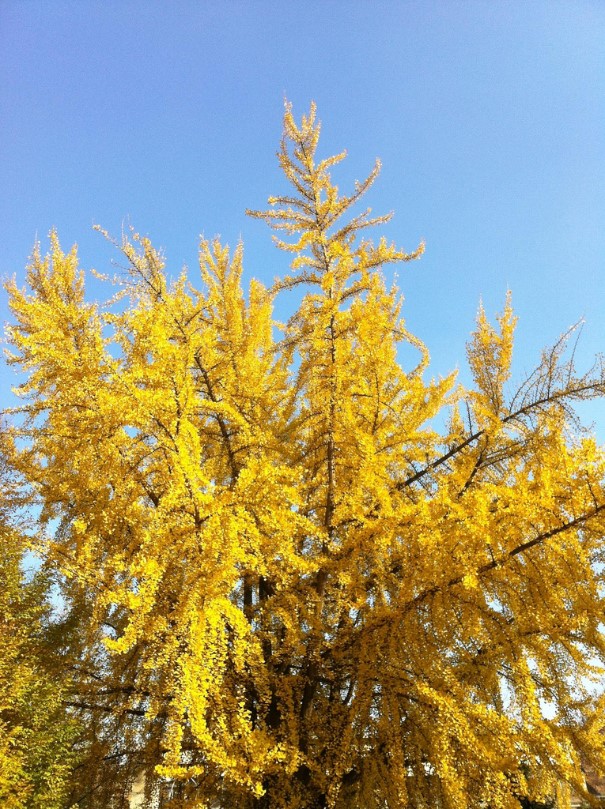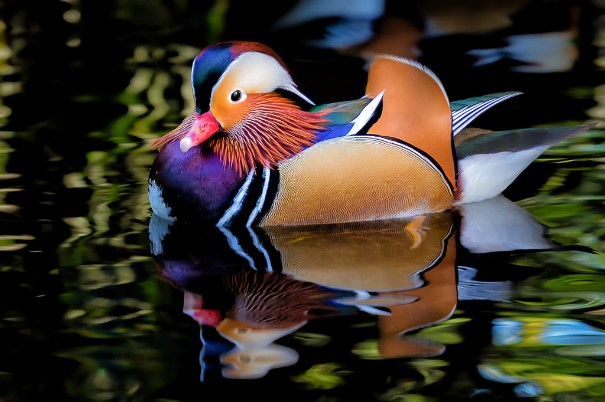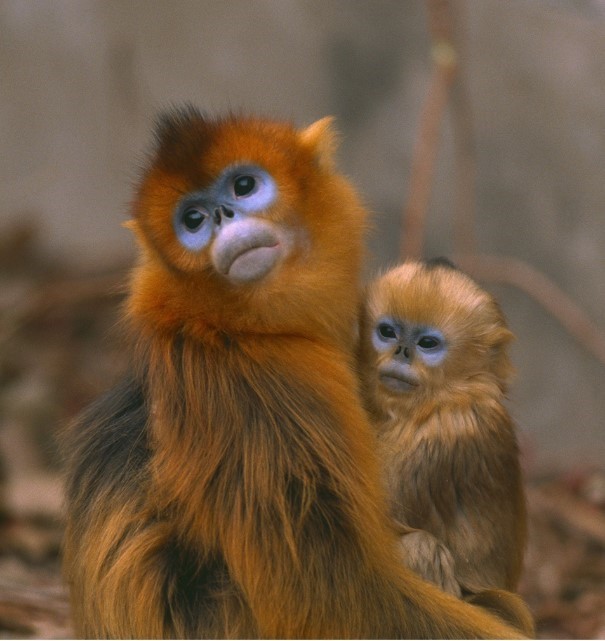China is one of the most biologically diverse countries on the planet. From the adorable Ili Pika, to species of trees older than the dinosaurs, elusive snow leopards to the beautiful Mandarin duck, China’s snowy peaks, deserts, wetlands and rainforests are teeming with thousands of different forms of wildlife.
As we celebrate China’s beautiful creatures and stunning landscapes, we are reminded of what we stand to lose if we don’t take action to protect the fragile ecosystems that they depend on to survive.
Many of these species need healthy, thriving forests, unpolluted rivers and clean air to thrive. The best habitat for them is ancient, original forests but only 3.34% of China’s original forests remain intact.
We’ve been fighting to protect China’s precious forest ecosystems and campaigning to stop toxic industries from polluting our waterways and air.
Because we don’t want to live in a world where these amazing species don’t exist. Do you?
Red Panda
Image credit: Mathias Appel
Red Pandas aren’t as famous as the black and white giant that shares their name, but they’re no less deserving of recognition.
Found in pine and bamboo forests in the areas that encompass Sichuan, Yunnan and Tibet, they are part of the oxymoronic group of mammals known as ‘vegetarian carnivores’ as they eat almost exclusively young bamboo shoots.
Snow Leopard
Image credit: Eric Kilby
One of the most elusive and highly endangered of China’s species, the snow leopard lives in one of the harshest environments on the planet and can be found stalking the high mountains and freezing plains of the Tibetan Plateau. It’s estimated that there are less than 2500 snow leopards left in China,.
Ili Pika
Image Credit: Li Weidong Natural Ecological Protection Studio/Li Weidong
The Ili Pika, or ‘magic rabbit’ was believed extinct until it was re-discovered by accident in 1983 by conservationist Li Weidong. The Ili Pika lives in the high mountains of Northwest China’s Xinjiang and stands at a tiny 20cm long and eats mainly mountain grasses and herbs.
Climate change and an expanding human population in the Ili Pika’s mountain home means that the adorable mammal is still highly threatened.
Ginkgo Biloba: the Living Fossil
The Ginkgo Biloba is the sole survivor of a group of trees that are older than the dinosaurs. Traces of the plant have been found in fossils of 270 million years old. The amazing plant (also known as the Maidenhair Tree) has barely changed in millions of years and represents one of our only living links to the Jurassic era. They can live for thousands of years, like this 1400 year old whose stunning autumn display attracts thousands of tourists every year.
Mandarin Duck
Image credit: Malcolm Carlaw
These stunning ducks native to China and Japan, used to be given to brides as a symbol of fidelity, as it was believed that they mate for life (this has since been disputed). Industrial expansion has since threatened the Mandarin Duck’s preferred habitat of small woodland ponds.
Yunnan Golden Monkey
Credit: Fuse/Thinkstock
Sometimes referred to as ‘the wild men of the mountains’, these rare primates live at altitudes of 4000m and higher in the mountains of southwestern China’s Yunnan province. With a small population of only around 3000 and living in such remote locations, the monkeys are extremely vulnerable to deforestation.
Shuxuan Chen is a Forests Campaigner for Greenpeace East Asia

